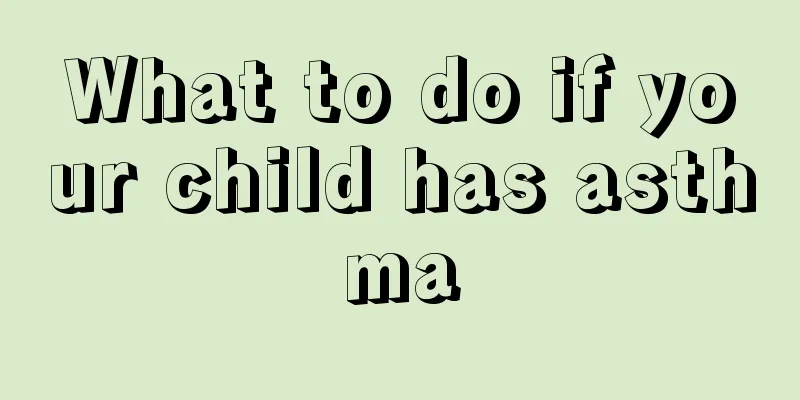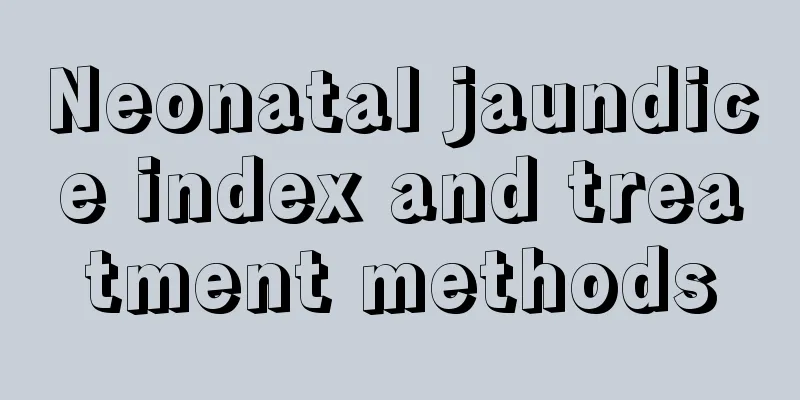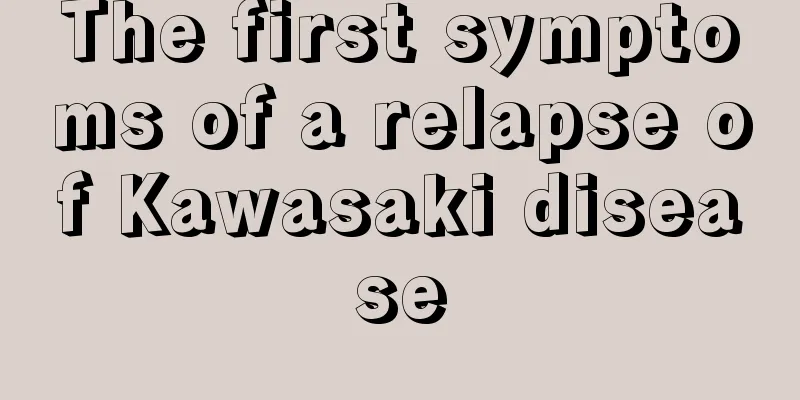What to do if your child has asthma

|
The air quality is particularly poor now, so there are a lot of cotton wool flying in the air, like dust. When inhaled into the lungs outside, it is likely to cause wheezing and coughing. Especially in children, it will cause fever, shortness of breath, and even dry cough. In severe cases, there will be large and small amounts of sputum, and even blood. As parents, you need to take your children for examination and understanding in time. Pneumonia is an acute inflammation of the lungs (air cells) caused by bacteria or viruses. ·symptom: High fever and very rapid breathing Persistent dry cough Possibly unilateral chest pain that hurts when you breathe deeply or cough · Small or large amounts of sputum, which may contain blood. When young children develop pneumonia, their symptoms are often mild and they may have a mild cough or no cough at all. If you are suspicious, take him to see a doctor immediately. There are many types of pneumonia: Bacterial pneumonia can usually be cured within seven to ten days with appropriate antibiotic treatment. Caused by bacteria such as Pneumococcus. staphylococcus Streptococcus Viral pneumonia is milder and is not effectively treated with medication, but the illness rarely lasts more than seven days. Q fever Psittacosis Bacterial infection of the upper respiratory tract that spreads to the lungs. Pneumonia is medically classified as follows: The classification method is based on the type of pathogen, the course of disease and pathological morphology: 1. Pathological morphological classification: Pneumonia is divided into lobar pneumonia, bronchopneumonia, interstitial pneumonia and bronchiolitis. 2. According to the type of pathogen: including bacterial pneumonia, common bacteria include Streptococcus pneumoniae, Staphylococcus aureus, Haemophilus influenzae, etc. Viral pneumonia, common viruses include respiratory syncytial virus, influenza virus, parainfluenza virus, adenovirus, etc. There are also fungal pneumonia, mycoplasma pneumonia, chlamydial pneumonia, etc. 3. Classification based on the course of the disease: divided into acute pneumonia, protracted pneumonia and chronic pneumonia. Generally, the course of protracted pneumonia lasts for 1 to 3 months, and if it exceeds 3 months, it is chronic pneumonia. Pneumonia in children has certain age characteristics. Usually infants are susceptible to bronchopneumonia and bronchiolitis caused by bacterial or viral infections, while school-age children have enhanced resistance and the ability to limit the lesions, so they mainly suffer from lobar pneumonia and mycoplasma pneumonia. |
<<: Is it good for children to have midnight feeding?
>>: Can children eat blueberries?
Recommend
What causes nausea and retching in newborns?
If a newborn baby experiences nausea and retching...
Improper treatment of convulsions in children can be fatal!
Nowadays, careful parents will find that many chi...
The dangers of trocars
Children's bodies are not fully developed yet...
What smart behaviors will a five-month-old baby show?
The baby can already play with the mother when he...
Why do babies strain before urinating?
Sometimes the baby's health condition cannot ...
What to do if your child has ear pain in the middle of the night
Sometimes our children may have ear pain in the m...
How does Traditional Chinese Medicine treat malnutrition in children?
Infantile malnutrition is a chronic disease, whic...
What should I do if my child has bad breath?
In life, when we are socializing, if we find that...
What are the benefits of naps for children?
At present, many children have not formed the hab...
What to do if your baby has a viral rash
In life, many people do not have a real understan...
How to take care of baby's stomach problems?
A baby's stomach and intestines cannot be com...
The child is three years old and still can't speak
Some children start talking and walking when they...
What should I do if my 10-month-old child is constipated?
Many Chinese families choose to wean their childr...
How to treat chronic rhinitis in children?
With the massive increase of pollutants in modern...
Two month old baby sleeps lightly
The baby's sleep has a great impact on the ba...









